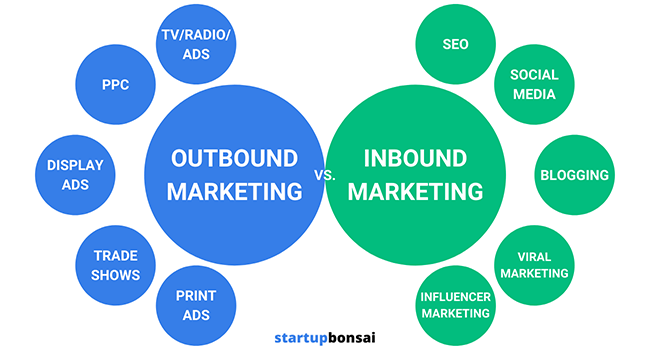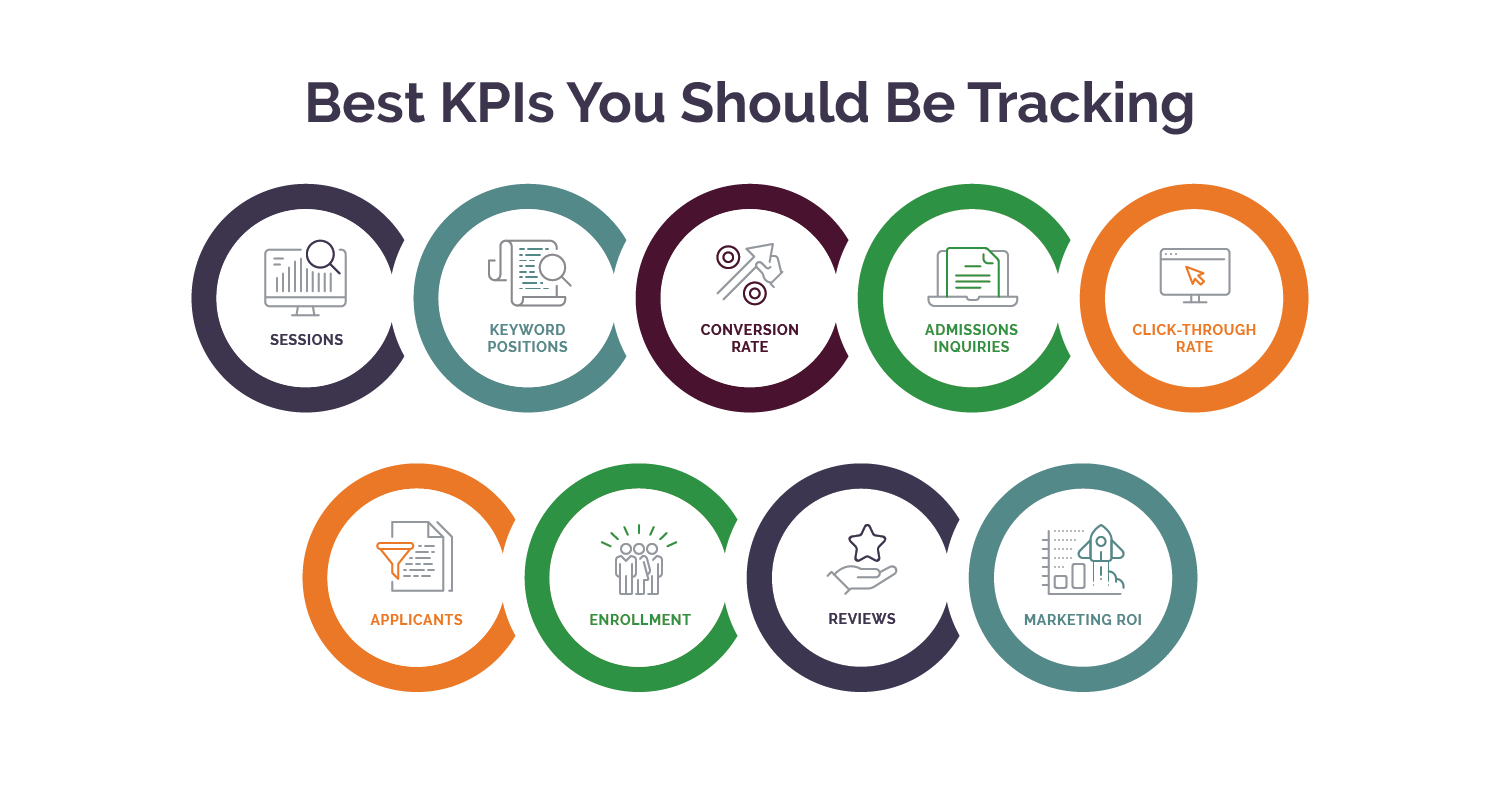How to Create a Demand Generation Strategy That Drives Revenue
Is your demand generation strategy actually driving revenue, or just generating leads that go nowhere? Too often, marketers fall into the trap of chasing metrics that don’t move the needle. But a real demand generation strategy does more than create awareness. It builds interest, nurtures intent, and hands off ready-to-buy leads that convert.
To make that happen, you need a strategy rooted in revenue goals, aligned with sales, and built to scale. In this article, we’re breaking down how to create a demand generation strategy that connects your marketing efforts to real business outcomes.
Quick Takeaways
- A demand generation strategy should begin with clear revenue goals and alignment between marketing and sales.
- Understanding buyer personas and mapping their journey helps tailor content and outreach for better engagement.
- Using the right mix of channels ensures you’re connecting with buyers where they’re most likely to convert.
- Continuous measurement and optimization are essential to improving performance and driving long-term revenue.
Start with Revenue Goals, Not Vanity Metrics
Before you build out any tactics, start by asking: What revenue outcome are we driving toward? A strong demand generation strategy begins with clear revenue goals—not surface-level metrics like clicks or content downloads.
Marketing and sales need to define success together. That means aligning on what a qualified lead looks like, how much pipeline needs to be generated, and what conversion rates are realistic. If your sales team doesn’t see your leads as valuable, the strategy fails.
Instead of measuring MQL volume alone, track metrics like:
- Contribution to pipeline
- SQL-to-win rate
- Revenue influenced by marketing efforts
This shift in mindset sets the foundation for a strategy that delivers real business value.
Build Detailed Buyer Personas and Journeys
You can’t generate meaningful demand if you don’t understand who you’re trying to reach—or what they care about. Start by building buyer personas based on real data from customer conversations, CRM records, and sales insights. Go beyond demographics and dig into motivations, objections, and buying behaviors.
Then map the full buyer journey from awareness to purchase. Identify the questions your buyers are asking at each stage and what kind of content or outreach moves them forward.
This process helps you:
- Uncover gaps in your current strategy
- Prioritize content and campaigns that actually resonate
- Align messaging with buyer needs at every touchpoint
When your demand generation strategy is built around real people and real behavior, it becomes a lot more effective—and a lot more profitable.
Align Marketing and Sales From the Start
No demand generation strategy works without tight alignment between marketing and sales. These teams need to be in sync from the first touchpoint to the final handoff. That means agreeing on lead definitions, setting up clear handoff rules, and holding each other accountable for outcomes—not just activity.
Start with a shared lead scoring system and define what qualifies someone as ready for sales outreach. Create a playbook for what happens next: How quickly should sales follow up? What messaging should they use? How should feedback get passed back to marketing?
Regular check-ins between teams keep strategies grounded in reality. Marketing learns which messages actually convert. Sales gets leads they trust. Everyone works toward the same revenue targets.
Deliver Content That Educates and Converts
Content is the engine behind every effective demand generation strategy. But not just any content. You need resources that speak to real buyer questions, show clear value, and guide them through the decision-making process.
That means:
- Educational blog posts that build trust and visibility
- Webinars and whitepapers that position your team as expert
- Case studies that offer proof your solution works
- Email sequences and nurture tracks that personalize outreach over time
When content is tied to buyer intent—and delivered at the right time through the right channels—it turns passive interest into a qualified pipeline.
Choose the Right Channels for Engagement and Conversion
A successful demand generation strategy meets your audience where they actually spend time. That means using the right mix of inbound and outbound channels—not just the ones that are easiest to launch.
Your strategy might include:
- SEO and paid search to capture high-intent buyers
- Email and retargeting to nurture existing leads
- Social media and digital ads to generate awareness
- SDR outreach and live events to spark direct conversations

Start by testing small, measuring results, and doubling down on what works. The goal isn’t to be everywhere. It’s to be effective in the places that drive qualified engagement and move leads toward a decision.
Measure What Matters and Optimize Constantly
Demand generation is an ongoing process of testing, learning, and improving. To make smart decisions, you need to measure what actually contributes to revenue.
Track KPIs like:
- Lead-to-opportunity conversion rates
- Pipeline influenced by marketing activity
- Channel-specific ROI
- Sales velocity across campaigns

Attribution matters too. Know which touchpoints are driving the most impact so you can prioritize budget and resources accordingly.
Then, use those insights to refine your content, messaging, and outreach. The most successful teams don’t just run campaigns—they run experiments that drive results.
Build a Demand Generation Strategy Today with Televerde
A strong demand generation strategy doesn’t start with content or channels—it starts with alignment, insights, and a clear path to revenue. When marketing and sales work together to target the right buyers with the right message, results follow. Keep testing, stay flexible, and let data guide your decisions.
Want expert support building a demand generation strategy that delivers real results? Learn how Televerde’s demand generation solutions help you turn strategy into revenue.


